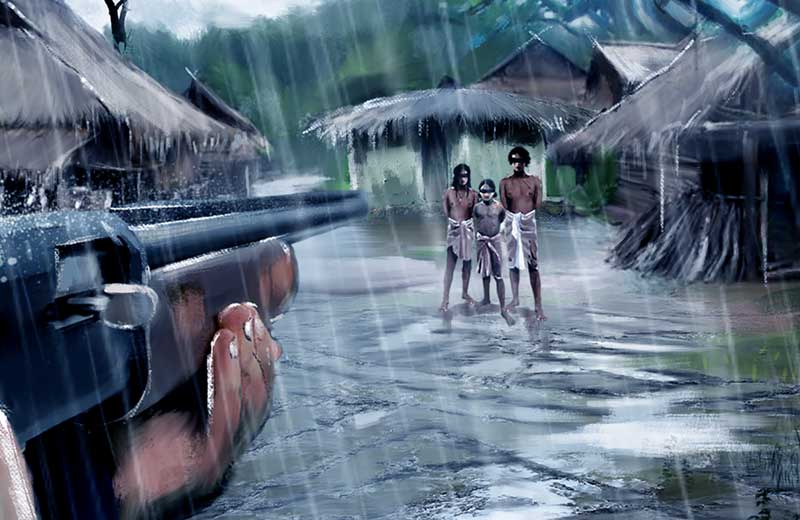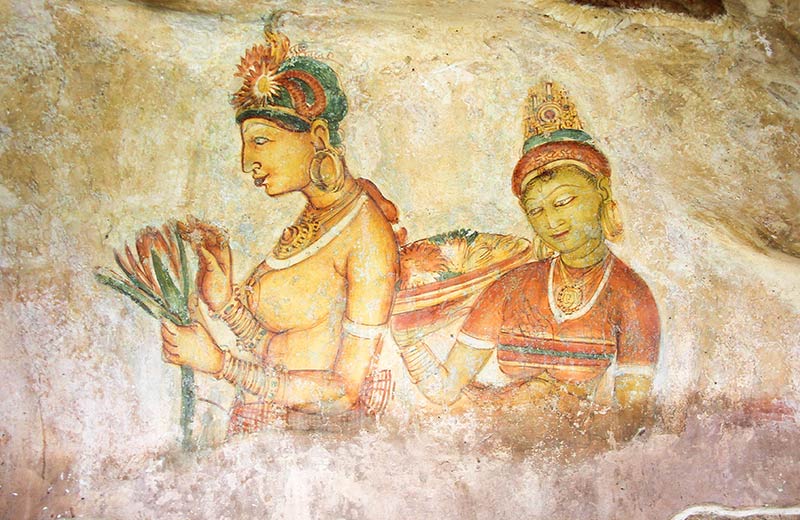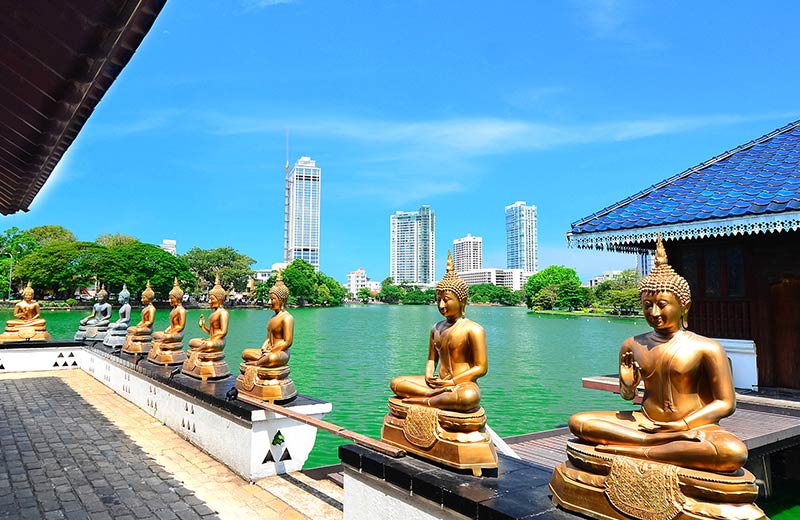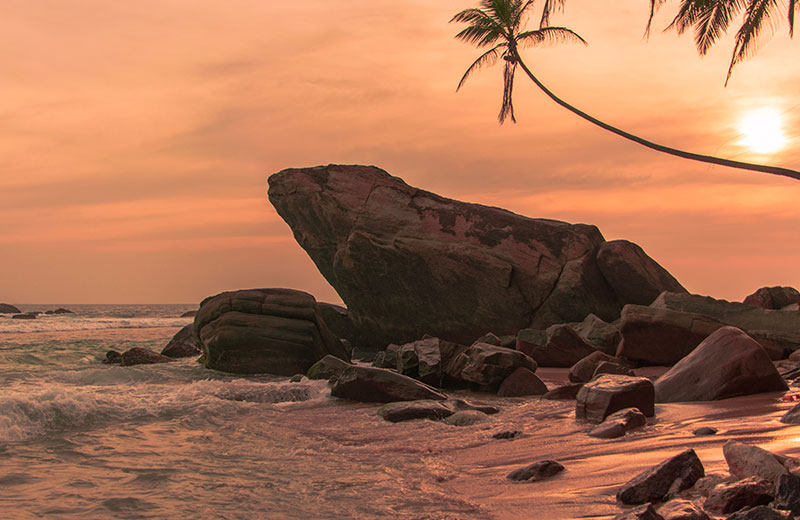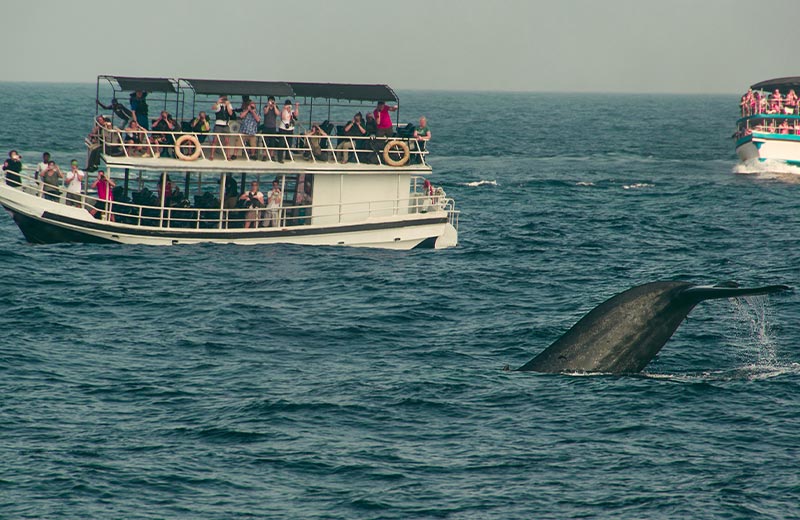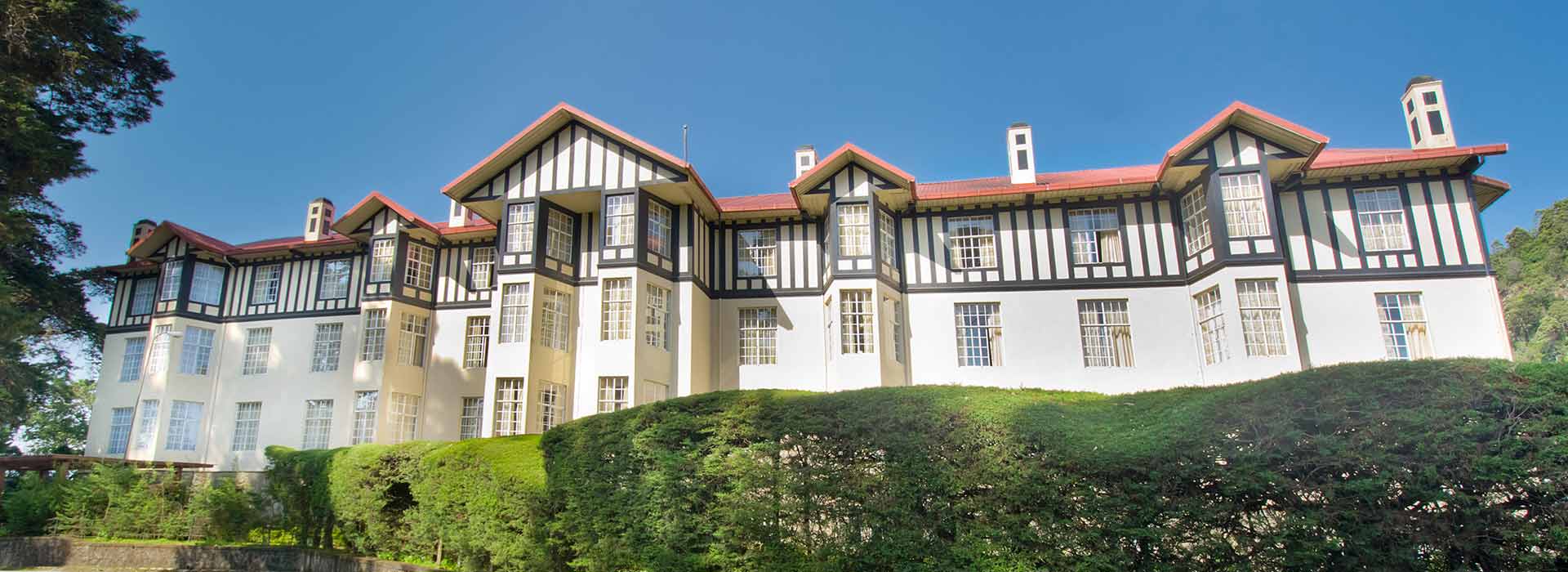Sri Lanka’s Own ‘Little England’
Journey along winding roads up the central mountains of Sri Lanka and arrive in a quaint little town, cloaked in thick mists. Nuwara Eliya does not only take you back in time, with its old-world charm, but also transports you to a completely different place. Sri Lanka’s ‘Little England’ is unlike anything you will ever encounter in other parts of the tropical island – a lasting tribute to the country’s British colonial past.
The region of Nuwara Eliya didn’t play a significant role during Sri Lanka’s ancient kingdom rule, although it contained wide expanses of fertile land. However, it is believed that the early kings did recognize the importance of the cascading waterfalls in the region and were keen to protect the fresh water sources, as the country was largely agriculture based. As such, the land in this region was unpopulated until it was re-discovered by the British colonizers in the 19th century AD.
The lush mountains, gushing waterfalls, wide-open plains and cool climate of Nuwara Eliya closely resembled the environment of England. Naturally, the area presented itself as a perfect alternative to the English countryside for homesick British officials sweating in the tropical heat of coastal towns. When Dr. John Davy discovered Nuwara Eliya in 1818, it contained many Ashoka trees, gems and wildlife, including a large elephant population.
Founding Little England
The city of Nuwara Eliya was founded by Samuel Baker in 1846 and soon developed into a popular holiday spot for British officials and their families, who wanted to escape the humidity of Colombo. Many British officials constructed villas and cottages in the hilly terrain of Nuwara Eliya, turning the area into a quaint little town, which became known as ‘Little England’.
Sir Edward Barnes, the fifth British governor of Ceylon, constructed a holiday home named Barnes Hall in Nuwara Eliya in 1828. Following his departure from the country, the bungalow was rented to his successor Sir Robert Wilmot-Horton. It was subsequently sold to Reginald Beauchamp Downall, a planter who operated the bungalow as a small guest house. In 1892 it was sold to the Nuwara Eliya Hotels Company Limited, and steadily expanded to become the Grand Hotel. In 1990, the Archeology Department of Sri Lanka declared the site a National Heritage Property.
As the town kept expanding, the Governor of the time, Sir William Gregory, decided to modernize the place by introducing electricity to the city. He authorized the draining of a swamp to create Lake Gregory in 1873, the waters of which were used for power generation. The lake also became popular for leisure activities such as fishing, boating and water sports.
Since the town was intended to mimic life back in England, the British set up a grand park, golf course, race course and trout streams so that they could engage in the type of leisure activities they did back at home. Victoria Park, named after Queen Victoria in 1897, spans over 25 acres. It is a beautifully maintained, lush garden that grows a wide variety of flowers and is home to many bird species. The Nuwara Eliya Golf Club was constructed in 1889 by a Scottish soldier. The 18-hole golf course covers a 100-acre area and was built amidst tea plantations.
The quintessential British sport of horse racing was first introduced to Sri Lanka in the 1840’s by John Baker, the brother of Samuel Baker, the founder of the city. The inaugural horse race was organized by the Nuwara Eliya Gymkhana Club and held at the Nuwara Eliya Racecourse in 1875. The then Governor of Ceylon, Sir Henry Edward McCallum, established the Governor’s Cup and the Queen’s Cup in the early 1900’s. These races became prestigious society events, emulating the famous Ascot Races in the United Kingdom. The colonials introduced trout fish into the streams and lakes of Nuwara Eliya so that they could also engage in their favoured pastime of fishing.
The British were keen hunters, and they soon began hunting elephants for sport. British officer, Major Thomas William Rogers is estimated to have killed at least 1,400 elephants. Major Rogers was eventually killed when he was struck by lightning while staying at the Haputale Guest House. He was buried in Nuwara Eliya and a tombstone was erected on his grave. Coincidentally or not, the elephant killer’s tombstone has been struck by lightning many times over the years, leading people to believe that he was cursed by the gods for his heinous actions.
The Nuwara Eliya Hill Club was built in 1876 as an exclusive club which could be patronized only by British men. Resembling a granite Scottish mansion, the Hill Club originally consisted of a billiards room and bar, although it later went on to house dining facilities, as well as tennis courts. The club subsequently opened up to locals and women, and today it is a quaint inn that offers a delightful old- world experience.
Tea Country in the Highlands
The British recognized the economic opportunity presented by the fertile lands and cool climes of the central highlands and began cultivating coffee, which was in high demand at the time. However, the coffee plantations succumbed to the coffee rust disease in the late 1800’s and the British introduced tea in its stead. Tea plantations flourished in the highlands and soon became a key commercial product. By the late 1880’s the area of tea cultivation exceeded that of coffee, and kept growing. Tea processing technology also developed rapidly, aiding commercial tea production.
It became increasingly clear that Nuwara Eliya offered the perfect climate for tea cultivation, and by the end of the 19th century it was one of the principal tea-growing regions of the country. Many tea estates and factories were established in Nuwara Eliya, with the introduction of innovative new methods of mechanization brought down from England. Even today, Nuwara Eliya is considered to produce some of the finest teas in the world.
The Pedro Tea Estate is one of the most popular and most beautiful tea plantations in Nuwara Eliya. A path through the estate leads to the famous Lovers’ Leap waterfall. Legend states that a pair of young star-crossed lovers, a prince and a commoner, whose relationship was doomed, leapt to their death off a nearby mountain giving the waterfall its name. The 30m high waterfall, emerging from the brooks and streams of Mount Piduruthalagala, cascades over hard granite ledges to create a beautifully stunning sight. One of the tea gardens within Pedro Estate named Lovers’ Leap, is believed to have been owned by James Taylor, the Father of Ceylon Tea.
The British established a garden at Hakgala in Nuwara Eliya in 1861 to cultivate Cinchona, a plant with medicinal properties. The garden was subsequently used to experiment with tea cultivation, and thereafter developed as a botanical garden from 1884 onwards. The Hakgala Botanical Garden is one of five botanical gardens in Sri Lanka and now boasts of over 1000 species of flora. The garden is spectacular when it is in full bloom during the flowering season of March/April.
The city of Nuwara Eliya may have changed over the years, becoming more Sri Lankan with time. However, it still retains much of its British colonial character and is indeed a wonderful place to spend a holiday.

